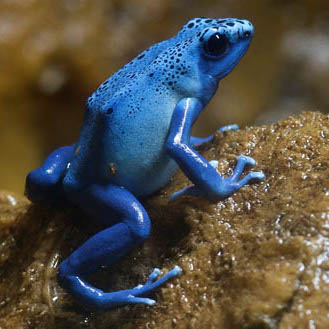Category Habitat Loss

Frogs and the chytrid fungus – What is the best way to control wildlife diseases?
The mechanisms behind emerging diseases are often poorly understood, and the path forward towards recovery is often unclear. Is it possible to effectively fight wildlife epidemics and save endangered species?

Using drones to improve orangutan conservation
Scouring the forests of Sumatra with a fleet of drones, researchers have uncovered valuable data that could help to protect the imperiled orangutan

Why is Indonesia on fire, and what can you do to help?
Some have called it the greatest environmental crisis of the century. But you can take action to address the crisis in three easy steps.

Why did the tapir cross the road? Because it had reflective stickers
Over one million animals are killed on roads every day. But for the tapir of South America, a flashy new accessory may keep them safe from oncoming traffic.




